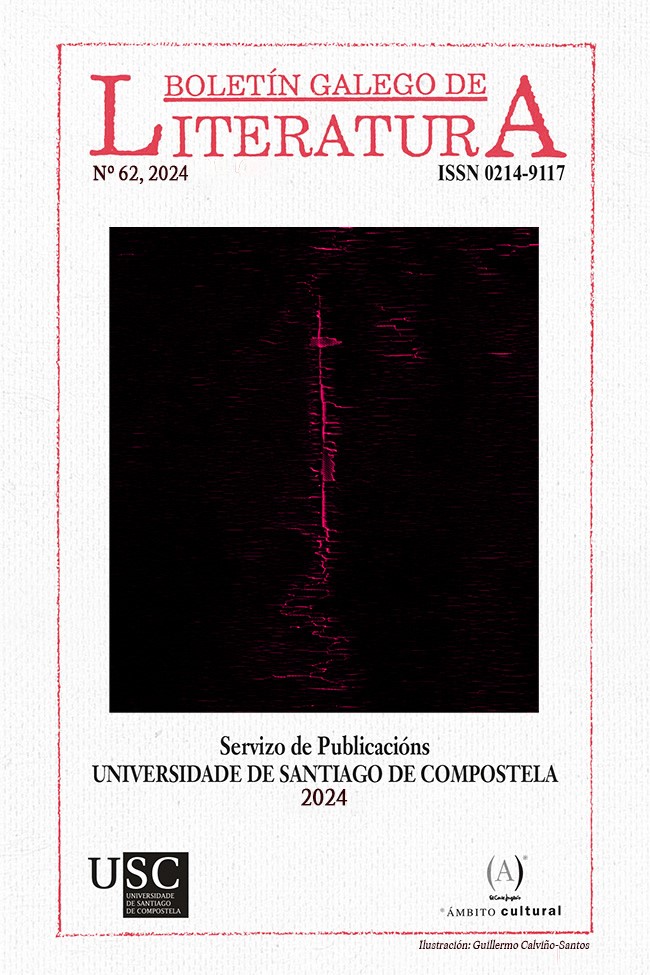There where we live: the subversion of non-place in the stories of Lucia Berlin and Ismael Ramos
Main Article Content
Abstract
Keywords:
Article Details
References
Añazco Torres, J. K. (2019). La fractura de la frontera entre Estados Unidos y México en los cuentos de Lucia Berlin. Universidad Andina Simón Bolívar. https://repositorio.uasb.edu.ec/bitstream/10644/6831/1/T2918-MEC-A%c3%b1azco-La%20fractura.pdf
Augé, M. (2000). Los no lugares, espacios del anonimato: una antropología de la sobremodernidad. Editorial Gedisa.
Baringo Ezquerra, D. (2013). La tesis de la producción del espacio en Henri Lefebvre y sus críticos: un enfoque a tomar en consideración. Quid 16 (3), pp. 119-135.
Bastián Alvarado, P. (2023). “Of Course I Have a Self Here”: Migration, InBetweenness, and Sense of Self in the Narrative Art of Lucia Berlin. Leiden Elective Academic Periodical (3), pp. 163-177. https://hdl.handle.net/1887/3633582
Berlin, L. (2016). Manual para mujeres de la limpieza. Alfaguara.
(2023). Una nueva vida. Alfaguara.
Certeau, M. de (2000). La invención de lo cotidiano: I. Artes de hacer. Universidad Iberoamericana.
Geoghegan, E. (2015). Smoking with Lucia. The Paris Review. https://www.theparisreview.org/blog/2015/08/18/smoking-with-lucia/
Lefebvre, H. (2013). La producción del espacio. Capitán Swing.
Navarro Romero, R. M. (2019). Lo bello y lo sucio. Sobre la escritura de Lucia Berlin. Castilla. Estudios de Literatura (10), pp. 383-404. https://uvadoc.uva.es/handle/10324/35862
Nevado, R. (28 de decembro de 2023). La parte fácil, de Ismael Ramos [emisión de radio]. El ojo crítico. https://www.rtve.es/play/audios/el-ojo-critico/parte-facil-ismael-ramos/7046361/
Ramos, I. (2023). A parte fácil. Edicións Xerais.
Salgado, D. (2023). Ismael Ramos, sobre su primer libro de narrativa: “Mis personajes nunca sienten lo correcto en el momento adecuado”. elDiario.es. https://www.eldiario.es/galicia/ismael-ramos-primer-libro-narrativa-personajes-sienten-correcto-momento-adecuado_1_10011288.html






